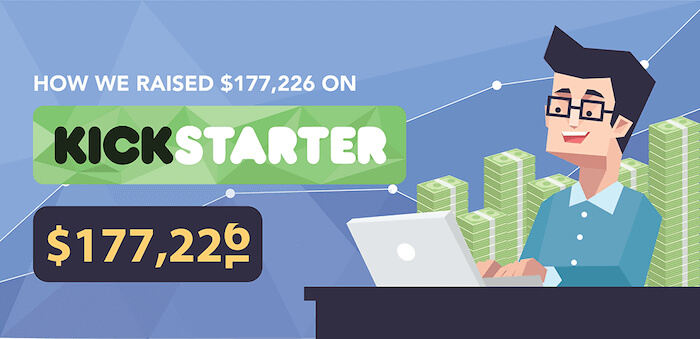The emphasis in the blog title is on the word “successfully”. While many small businesses attempt to enter a foreign market, only a few (less than 15%) become profitable within 4 years. Here are five steps that, if followed, greatly increase the odds of achieving a soft, welcoming landing in an international market.
- Collect local intelligence: Quantify the market, size up the competition, and work the numbers to determine if your business approach will work in this market. Does run-rate revenue of $2 or $3 million get you to break even? Or, given the nature of your offering and its price point, do you need north of $10 million to break even – or higher? A good test is to convert your break even target to required percentage market share. If the share percentage is low single digits – say, less than 4% – then you’re unlikely to attract competitive attention, and your awareness-building efforts are likely affordable. If, however, your break even requires that you garner share of 10% or more, then you may have to invest substantial capital to be noticed in the market, and you can expect competitors to be among those who do take notice.
- Identify you value: what does you product or serve offer that this market needs and wants? Will they pay your asking price? Small business leaders often assume that an offering that is successful in the home market will, with minor adaptation, grow wings in a foreign market. This is not so! It’s typically the key mistake that small businesses make in assessing foreign markets. Just because the math works on a spreadsheet does not imply that the underlying assumptions will play out. Because it’s often tough to gauge “value fit” in a foreign market, there is no better substitute for ensuring the fit of your offering to the market than testing it right in the market.
- Test the market: Depending on the nature and price point of your B2B offering, are you able to garner 20 bona fide leads value at $1 million potential or greater? How long does it take? How much effort and money does it take to achieve this? The number of leads is the more important indicator than the revenue potential. Finding one good lead for a million dollar offering is typically not as valuable as finding 50 leads for a $20K offering as not all leads are going to turn into buyers. It’s all about traction – what and how much is required to achieve market traction? While some SMB leaders are reluctant to invest in testing the market’s appetite for their offering, the cost is far less than the high financial and emotional cost of a substantial commitment of money and resources that never pans out.
- Plan: iteratively and pragmatically! Many planning spreadsheets are self-serving, and self-fulfilling. The goal almost always is unconsciously decomposed into a set of time-lined actions that, voila!, yield the desired result. To avoid this, start by quantifying each assumption and testing it with experienced colleagues and third parties (e.g. a Board) for realism. How long will it really take to recruit a channel or sales person? How much margin or compensation is realistically required to bring either of them on board? How close are the results of market testing to original buyer assumptions drawn from initial intelligence gathering? What credible substantiation do you have for the answers to these questions? If your assumptions bear an uncanny resemblance to trends in your home market, or you cannot reconcile the outcome of market testing with your assumptions, then you need to go back to the drawing board. Have your plan scrutinized and sanity-checked by trusted and experienced advisors.
- Establish your base of operations: Will you manage it directly from home (SaaS businesses can do this)? Will you personally spend up to a year in the foreign market itself setting up your operation? Will you send a trusted, product-knowledgeable colleague to do it on your behalf? Or, will you engage the services of in-market specialists and trust your business to them? There are pros and cons to each. Key to consider – particularly for B2B offerings – is that part of the value proposition for the buyer is the assurance that they will be in good hands, and not have to look over their shoulder.
Sure, there are exceptions. Some plunge right in, doing little homework, and never look back, building share and profit from the get-go. Yet, most are not this fortunate. In our experience, SMB leaders who follow these five steps more than often avoid costly mistakes and, when they do commit to enter an international market, have a higher probability of making a go of it.














Leave a Reply